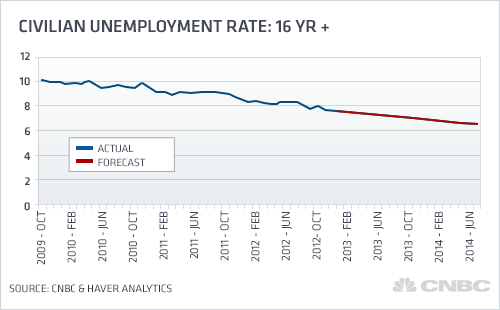December 16 marks the fourth year of the Federal Reserve's expansionary monetary policy. At nearly zero percent, U.S. interest rates have now remained at rock bottom levels for the longest duration in history.
By embarking on a historic expansion of monetary policy with low interest rates and massive bond buying, the Fed has kept a heavy foot on the pedal of the economy in its effort to jumpstart growth.
Although the economy has lumbered along and jobs remain scarce, investors have responded to the Fed's aggressive measures by sending stocks soaring. Since the inception of near ZIRP (zero interest-rate policy) in December 2008, the NASDAQ Composite is up 90 percent, followed by the S&P 500 and the Dow Jones Industrials with gains of 56 percent and 48 percent, respectively.



